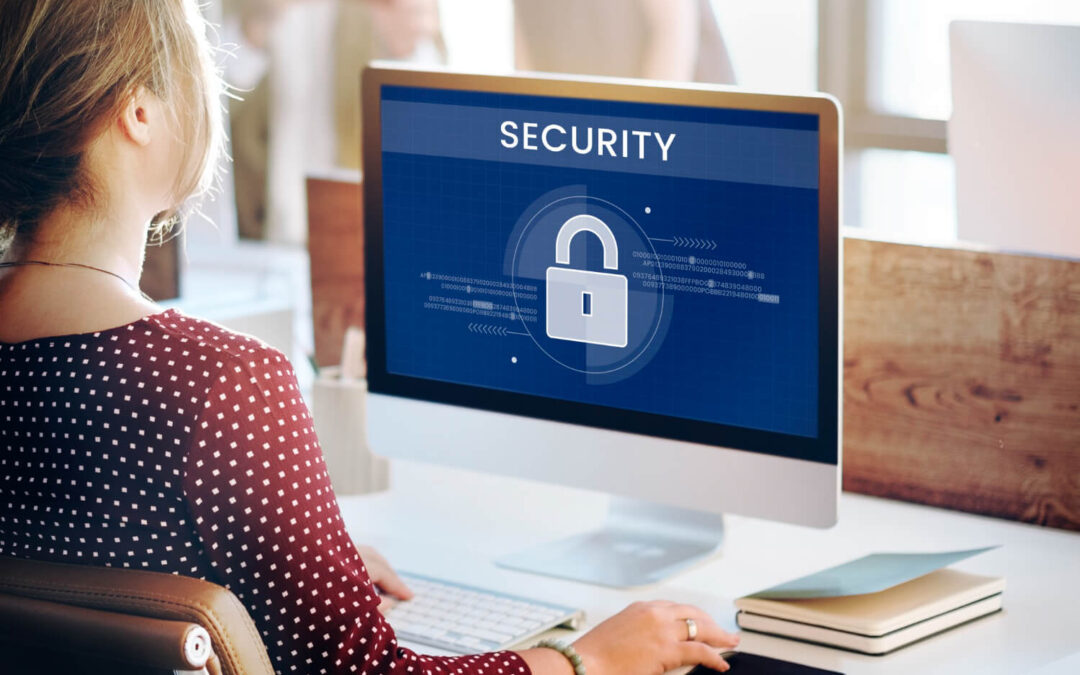Cybersecurity is an unavoidable and essential part of modern digital life. We have all heard about different cyber attacks that have happened to big corporations, individuals, and even Presidential candidates. Every day there seem to be more and more cyber threats for us to worry about, and to protect ourselves from.
So the question is: what should you do as an individual to ensure that you are keeping your personal information safe? As someone who has spent a large amount of their career running online businesses, I have compiled a few steps you can take to help protect yourself while using tech.
- Stop giving away your personal information
The easiest thing you can do is to stop giving out your information. If it isn’t out there then you don’t have to worry about it being stolen or discovered. For example, many retailers will ask for your address or contact info when making a purchase. They don’t need your address unless they are shipping you something. If you feel like they don’t need to know something about you, then don’t provide it.
- Review your security and privacy settings
Review the security settings on all of your devices – you might be surprised by what you haven’t secured that you can, and should be.
Do you have a passlock for your laptop and phone? This helps ensure that if you lose the device, no one will be able to gain access to your information.
Each application and account that you hold has its own security and privacy policies. While it may seem tedious to have to read through them, it will tell you what data is being collected and shared. Many of these applications have certain settings you can adjust to keep your information more private.
- Change your passwords – and vary them up
Too many people are using the same password for every device and account. By keeping the same password for all of your accounts, you are at greater risk of being hacked. It is recommended that you update your passwords once a year. It’s also very important to use strong passwords. They should not include personal information, and should use a variety of letters, numbers and symbols.
- Set up multi-factor authentication
Multi-factor authentication is an additional layer of security for when you log into an account. It can come in many forms from receiving an email with a code to opening up an app with a push notification. By adding this extra step, you can help avoid your accounts from being hacked by someone learning your password.
- Keep your software up to date
It’s a good idea to keep all of your devices updated with the latest software. Whenever your phone gets an update, it usually comes with important security features and fixes for any bugs in older versions. Plus, you might want to think about using antivirus software for an extra layer of protection against online threats. These programs can really help you spot any fraud or viruses.
There are many different steps you can take when it comes to online safety and privacy. In many cases, if something feels ‘off’ or ‘fishy’, it’s probably because it is. So trust your gut instincts when it comes to giving out your information online. If you suspect an email or website is a phishing attempt, then be sure to report it. Taking extra measures of precaution in today’s world of technology is never a bad idea.
If you use common sense, the tips provided, and some of your due diligence, you can help guarantee that your information will be safe.
